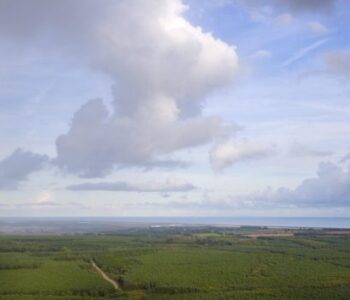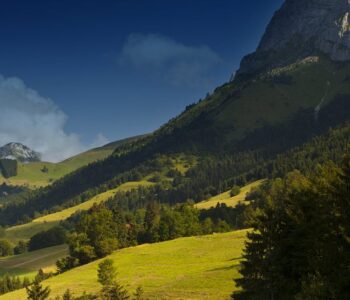 Uncategorized
Uncategorized
Drone photos
Sometimes it seems the most interesting thing about drone photos is how few and far between they are, particularly given the different and usually more informative views they provide of what can seem like everyday mundane objects. Some of this has to be to do with the limitations of the medium, particularly as high resolution cameras on viable drones are relatively new to photography. In the early days of drone photography, more than a few intrepid pioneers did in fact cash in their life savings to buy or build massive six engined drones armed with very expensive professional DSLRs, only to discover that their potential was severely limited by the obvious size and danger. One of those dropping out of the sky unexpectedly could certainly spoil someone’s day, whereas most of us would barely notice something like one of the smaller DJI drones, some of which weigh less than 250grams.

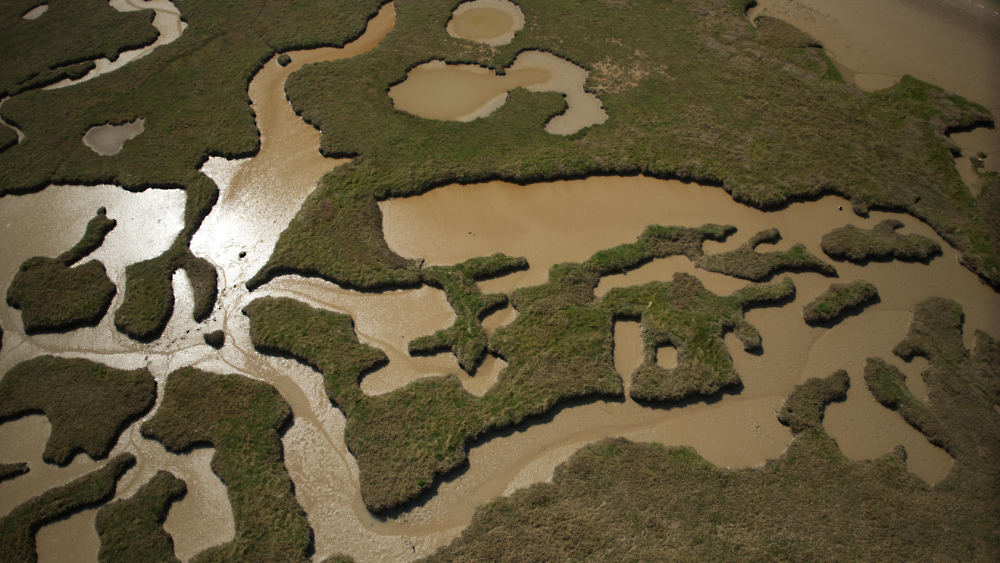
From a photographer’s point of view, the principles remain the same, however, good composition, good technique and above all, being in the right place at the right time if landscapes are the name of the game. There are a few additional factors to take into account, like atmospheric conditions which can very easily make or break a good landscape photo. At times of high humidity it can be something of a shock to discover that what seems a fine day at ground level can change into a thick, electronics-destroying fog only 50 feet above ground, with predictably bad image results. In general it is best to stick close to ground level, not just to reduce image quality degradation, but also to retain interest and detail.
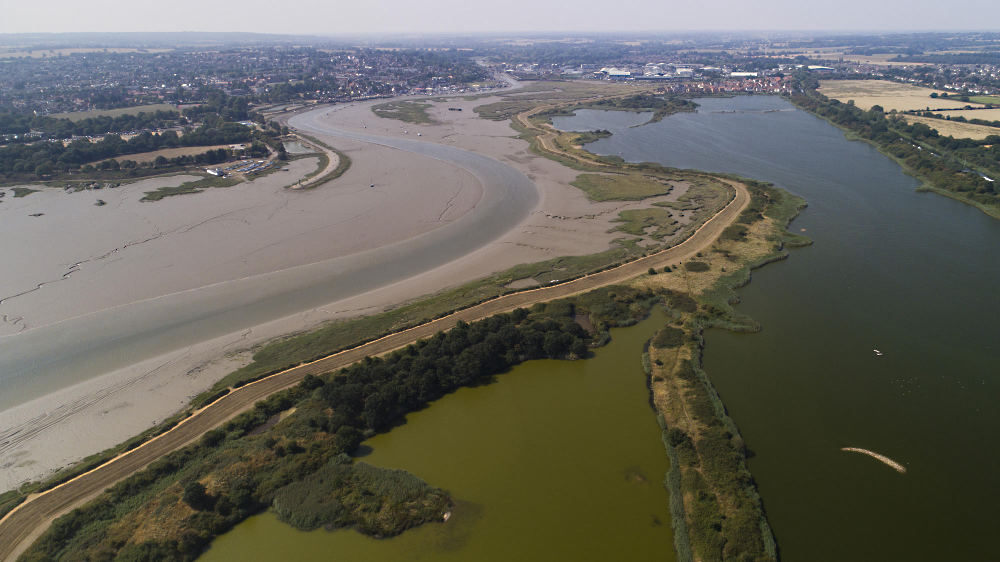
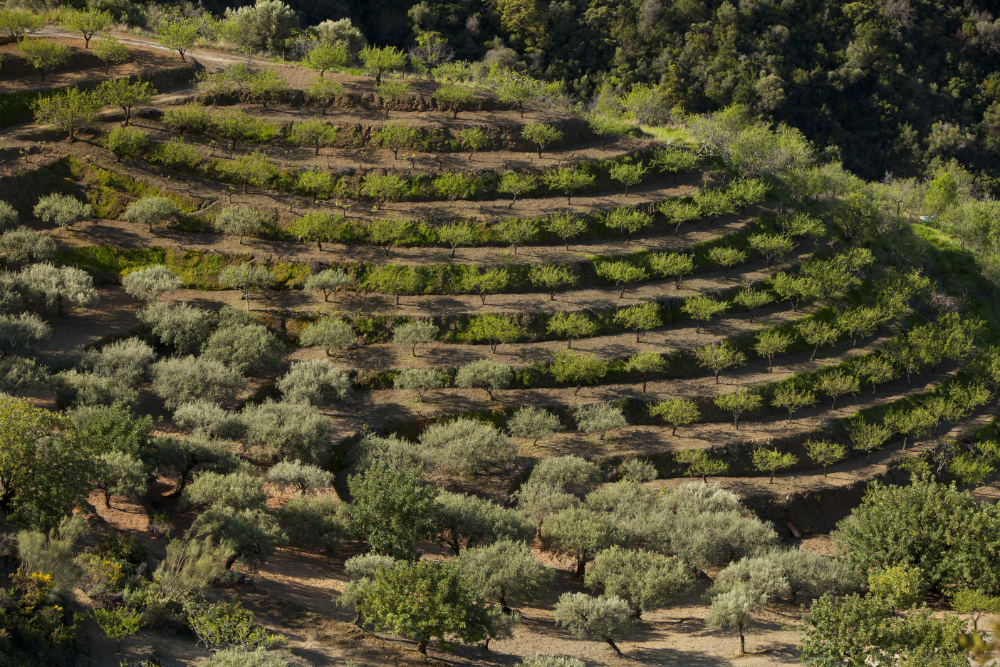
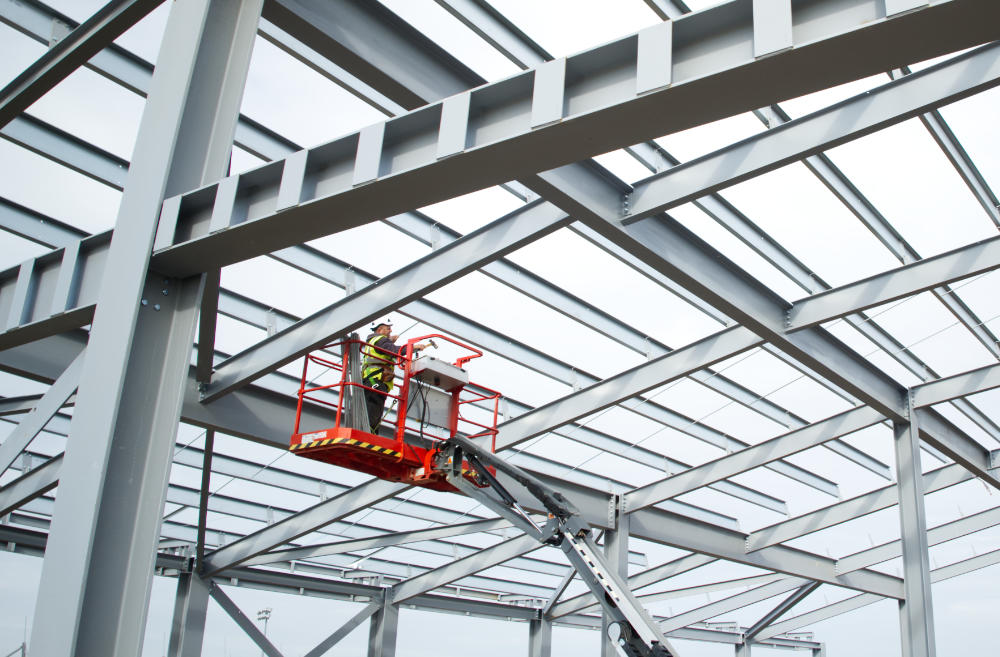
To summarise, drone photography is definitely here to stay now that professional resolution images are readily available, and it’s up to photographers to make the most of the new opportunities available.
